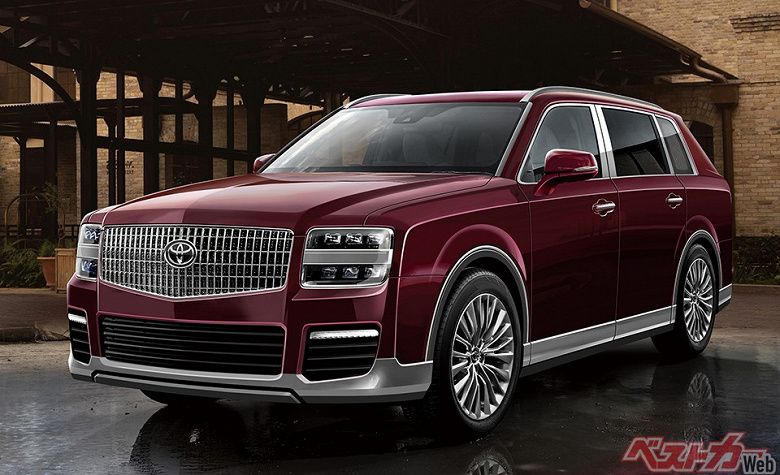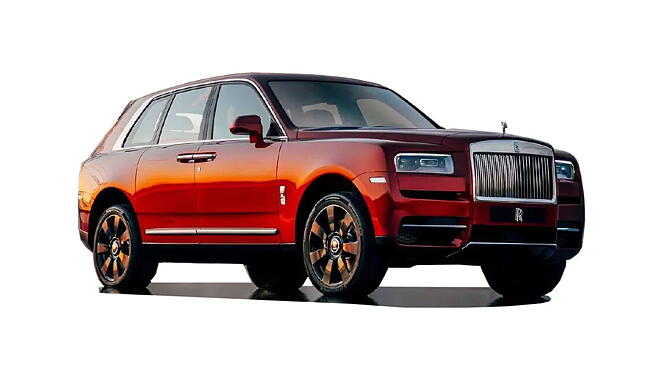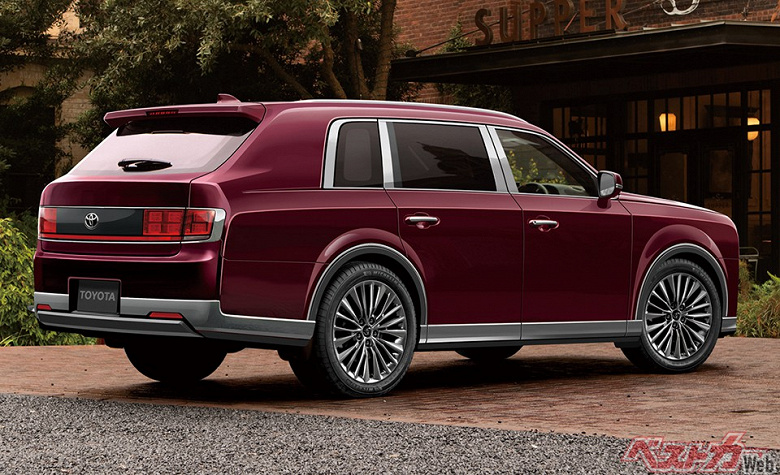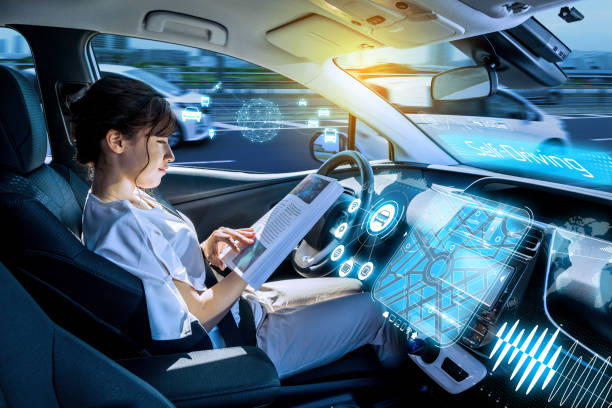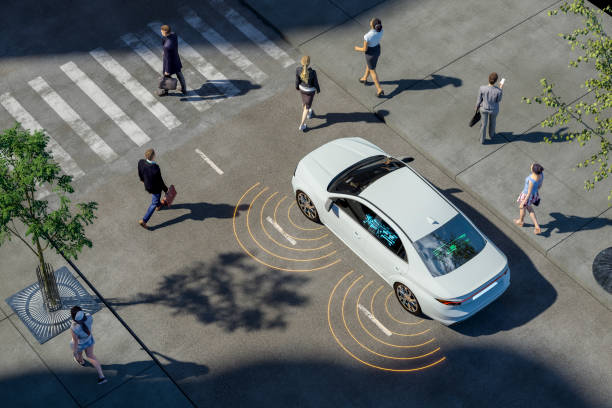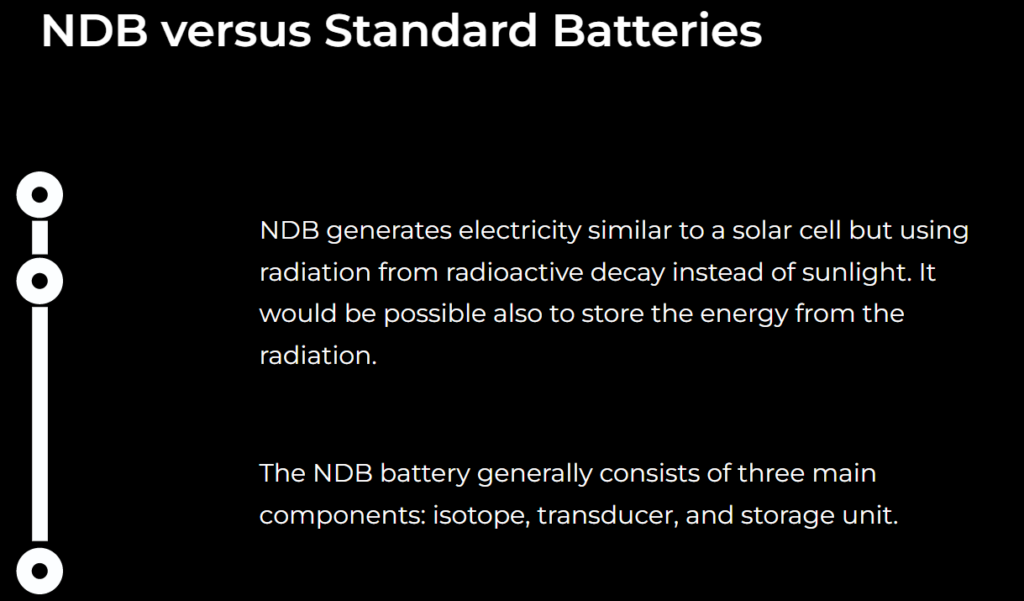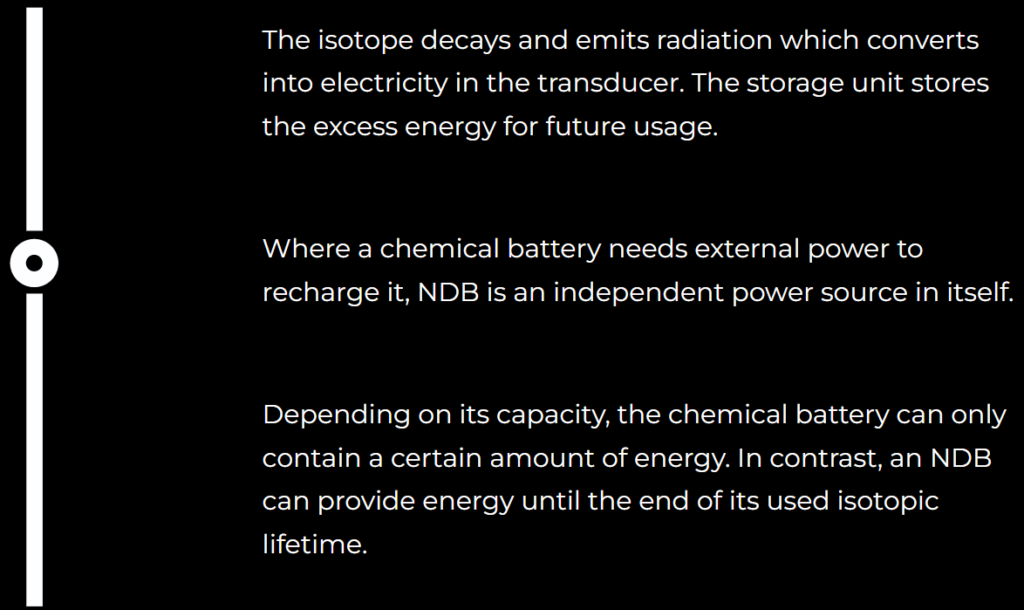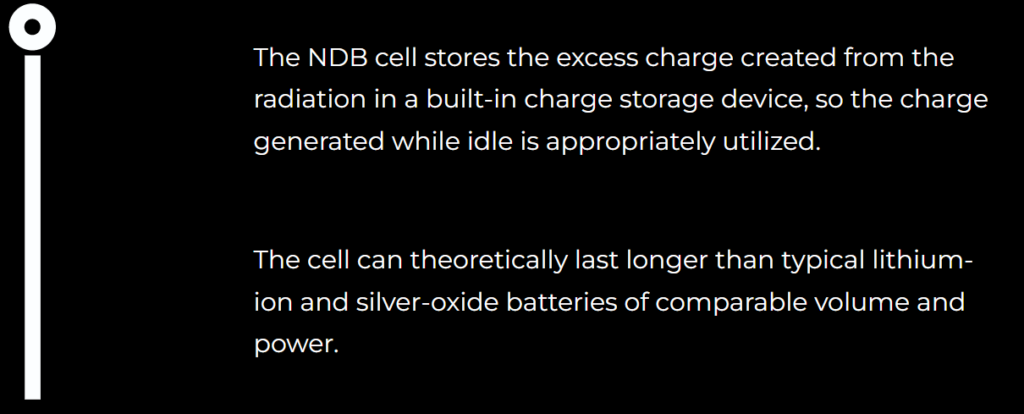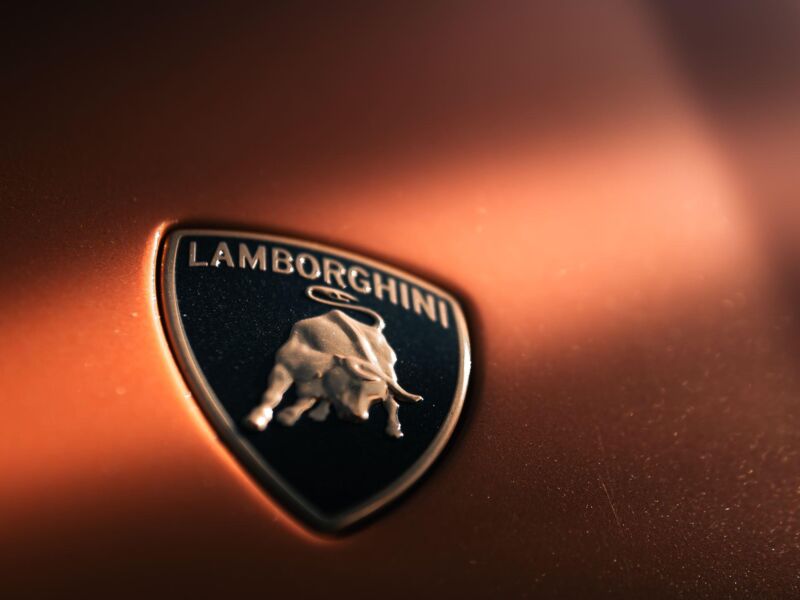
Lamborghini, renowned for its sonorous, multi-cylinder, naturally aspirated engines, has long epitomized the essence of high-performance motoring. While Ferrari ventured into turbocharging, Lamborghini’s engines remained larger-capacity powerhouses, emitting symphonic notes across their rev ranges. However, such engines are incongruent with Lamborghini’s ambitious emissions reduction goals: a 50% decrease in fleet emissions by 2025 and an 80% reduction by 2030. In response, Lamborghini CEO Stephan Winkelmann announced plans to introduce hybrid versions of all its models.
“In our sixtieth anniversary year, we unveiled our inaugural plug-in hybrid, the Lamborghini Revuelto,” Winkelmann stated. “We showcased our LMDh race car in summer, set to compete in Doha this March and at Pebble Beach in August, alongside Lanzador—a preview of our first battery-electric vehicle slated for 2028.”
During our October visit to Lamborghini’s Italian headquarters, we discovered the marque’s commitment to sustainability. Initiatives such as increased rail freight usage, enhanced waste material recycling, and a biomass reactor powering factory operations underscore Lamborghini’s dedication to reducing both vehicle and production emissions—aiming for a 40% CO2 reduction by 2030.
The legendary V12 Aventador has yielded to the hybrid V12 Revuelto, entering production in 2023. This year, the Urus SUV will receive a hybrid powertrain upgrade. Furthermore, anticipation builds for the 2024 debut of Lamborghini’s successor to the mid-engined Hurácan, anticipated to feature an electric motor and traction battery. The forthcoming “entry-level” Lamborghini is poised to depart from its naturally aspirated V10 heritage, possibly adopting a smaller-displacement V8 twin-turbo setup.
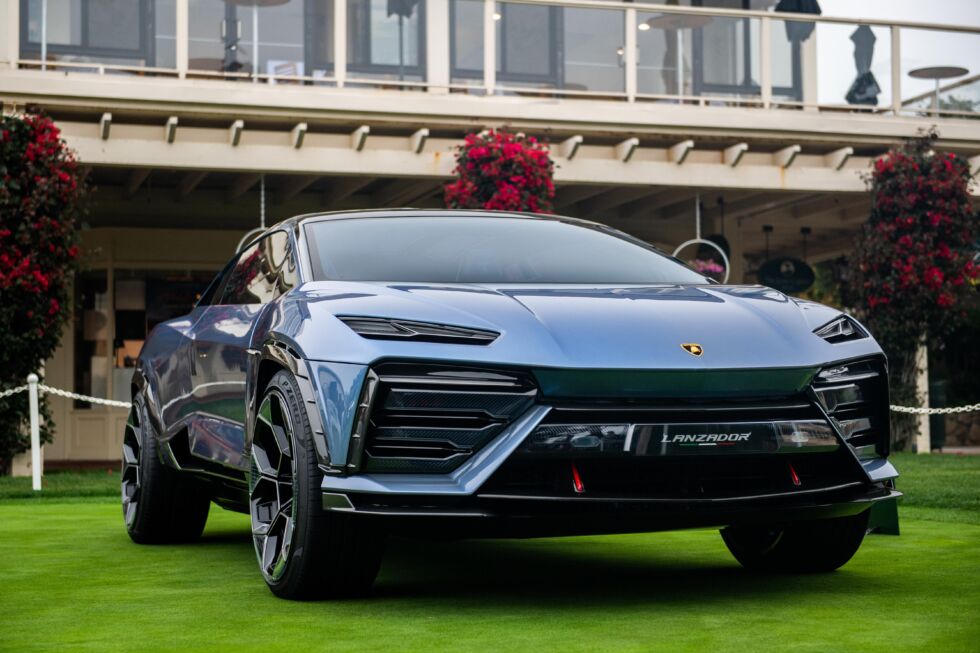
The transition to a fully electric Lamborghini presents several challenges to the brand’s traditional recipe of super-sports cars. Achieving the right power-to-weight ratio is paramount, considering that lithium-ion batteries are bulky and heavy. Moreover, a Lamborghini must retain its dramatic sound, a defining characteristic of the brand. However, Lamborghini enjoys an advantage with its relatively young customer base, which may be more open to innovative changes compared to other brands like Ferrari.
“The biggest challenge is electrification, more so than digitalization, which may be more relevant for other brands but is the foremost concern for us,” explained Winkelmann. He highlighted the success of the Revuelto, which has sold out for the next few years, indicating that the brand’s customer base remains enthusiastic despite the shift towards hybridization.
Nevertheless, Lamborghini is committed to developing a full Battery Electric Vehicle (BEV), set to be unveiled in 2028. Winkelmann believes that being part of the Volkswagen Group offers distinct advantages in terms of development and production. Leveraging the group’s resources allows Lamborghini to internally source components like batteries, software, and other essential elements.
The upcoming BEV, slated for 2028, will be a 2+2 GT car, followed by a fully electric SUV to replace the Urus in 2029.
Lamborghini’s Chief Technical Officer, Rouven Mohr, emphasized the potential of electric motors to redefine dynamics and driving experiences. He expressed excitement about the dawn of a new era for super sports cars, where sustainability intertwines with the brand’s core values of emotional performance and driving enjoyment.
https://www.theguardian.com/business/2021/may/18/lamborghini-electrify-hybrids-electric
https://www.lamborghini.com/en-en/news/new-countach-lpi-800-4-future-is-our-legacy


